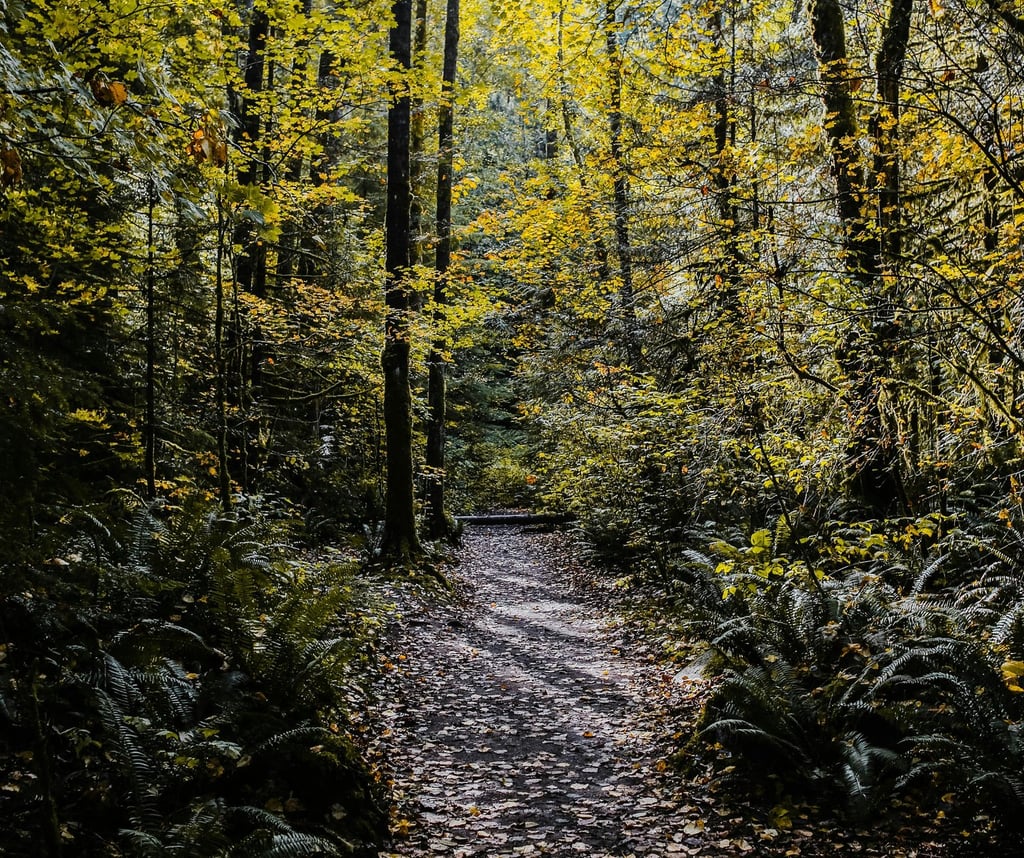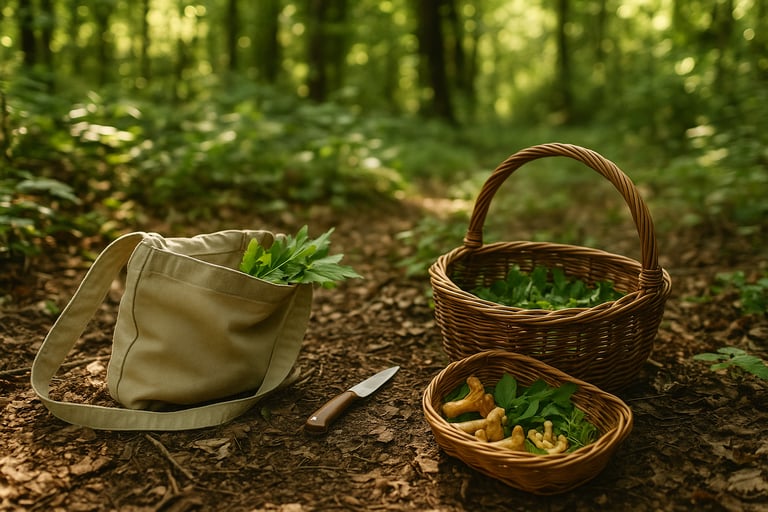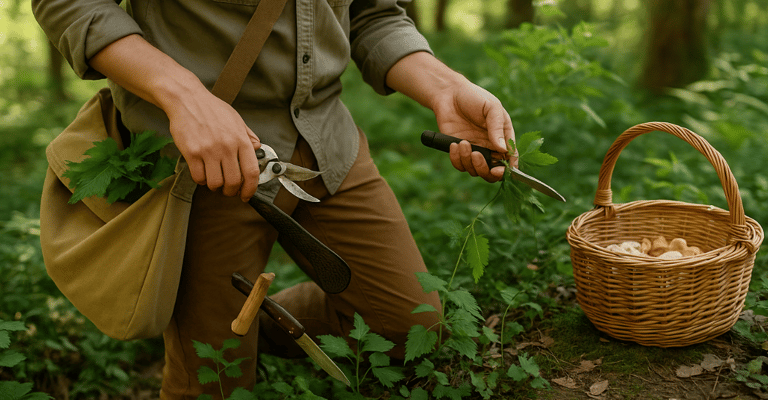Foraging Tools and Gear: What You Really Need in the Field
Get started with foraging by learning which essential tools and gear you actually need in the field. This beginner-friendly guide covers must-have foraging supplies for safety, efficiency, and plant identification.


Foraging Tools and Gear: What You Really Need in the Field
Why the Right Foraging Tools Matter
If you’re heading into the woods to gather wild edible plants, mushrooms, or berries, it’s tempting to think all you need is a bag and your hands. But the truth is, having the right foraging tools and gear can make a big difference in how successful, and safe, your experience is.
Whether you’re a beginner or looking to improve your setup, the right tools help you harvest more efficiently, identify plants accurately, and store your finds without damage. Plus, they make your time in the field more enjoyable and less frustrating. Knowing how to start foraging safely and responsibly also plays a big role in avoiding mistakes while you're out gathering.
Let’s break down the must-have foraging gear that every beginner should carry, without overloading your pack.
A Foraging Bag or Basket
You’ll need something lightweight and breathable to carry what you harvest. Mesh bags, canvas totes, or woven baskets all work well, depending on what you’re collecting. Avoid plastic grocery bags, they don’t allow air to circulate and can cause delicate greens or mushrooms to wilt.
Canvas shoulder bags are especially handy because they free up your hands and usually have pockets for extra tools. If you're gathering mushrooms, a basket is often preferred so that spores can fall and help reseed the area as you walk. If you’re collecting wild berries, knowing which types are edible and which to avoid is just as important as storing them properly.
A Sharp, Compact Knife or Scissors
A quality foraging knife helps you harvest plants cleanly and safely. Some mushrooms and roots require cutting to avoid damaging the main plant or disturbing the surrounding ecosystem.
You don’t need anything fancy, a small folding knife or even a pair of sturdy garden scissors will do. Just make sure your blade is sharp enough to avoid crushing stems or bruising delicate edible leaves.
Many foragers keep their knife clipped to their bag or belt for easy access. Just be sure to clean it between uses if you’re working with different plant species.
Plant Identification Tools
No matter how experienced you are, plant identification tools are essential. A plant ID app like PictureThis or Seek can be helpful in the field, but it’s even better when used alongside a pocket field guide.
Apps may get you close, but a printed guide lets you double-check leaf patterns, habitat clues, and other key features. For those learning plant ID, it’s also helpful to understand how to safely cook and prepare wild edible plants once you’ve brought them back. It’s a good habit to take notes as you go, either in a waterproof notebook or within your mapping app, so you can track where and when you find certain species.
If you want to really build your skills, consider carrying a small magnifying glass or loupe to study finer plant details in the field.
Gloves, Brush, and Cleaning Tools
Some plants, like stinging nettle or prickly thistle, require gloves if you want to avoid skin irritation. Lightweight work gloves can help protect your hands without making them too sweaty or clumsy for delicate picking. Some foraged plants have hidden dangers, so it’s wise to also know how to identify poisonous plants in the wild before touching or collecting unfamiliar species.
A small brush is great for cleaning dirt off roots or mushrooms in the field. It’s much easier to pack your finds when they’re already cleaned and sorted.
Many foragers also carry a cloth or mesh bag inside their main pack to separate delicate finds from heavier items like roots or nuts.
Optional But Helpful Extras
If you're planning longer outings or heading into unfamiliar terrain, a few extra tools can make your trip smoother. A small water bottle, basic first aid kit, insect repellent, and sun protection are good to have on hand.
Some foragers also carry a lightweight tarp or cloth to sit on while they sort or clean their finds, especially when harvesting mushrooms or digging roots. And don't forget your phone — not just for plant ID apps, but also for navigation, photos, and emergency use.
Final Thoughts on Foraging Supplies
You don’t need a huge investment to get started with foraging, but a few basic tools can save you time, help protect the plants you’re harvesting, and make your outings more productive.
Start simple: a good knife, a breathable bag, and a way to identify plants. As you gain experience, you’ll naturally discover which gear fits your foraging style and which extras are worth bringing along.
With the right setup and a little curiosity, you'll be well on your way to confidently gathering wild foods and enjoying the rewards nature has to offer.




© 2025. All rights reserved About | Privacy Policy | Terms and Conditions | Affiliate Disclosure | Disclaimer


